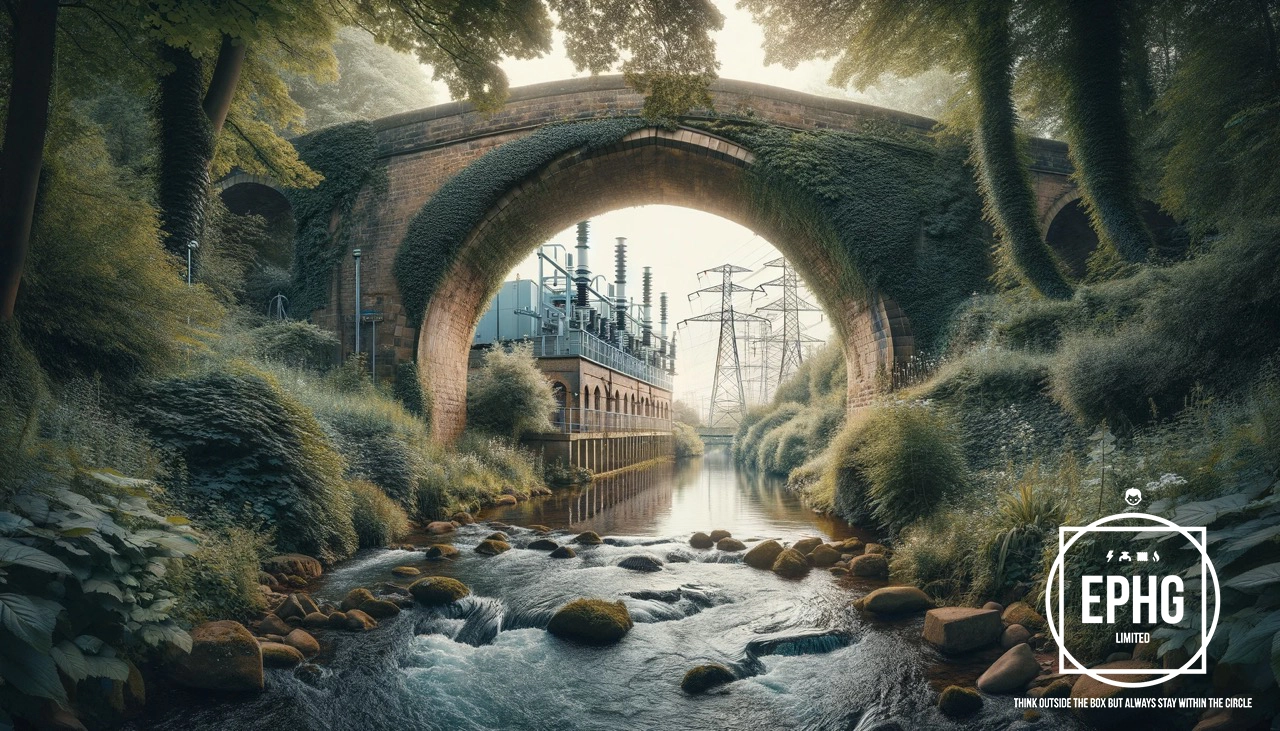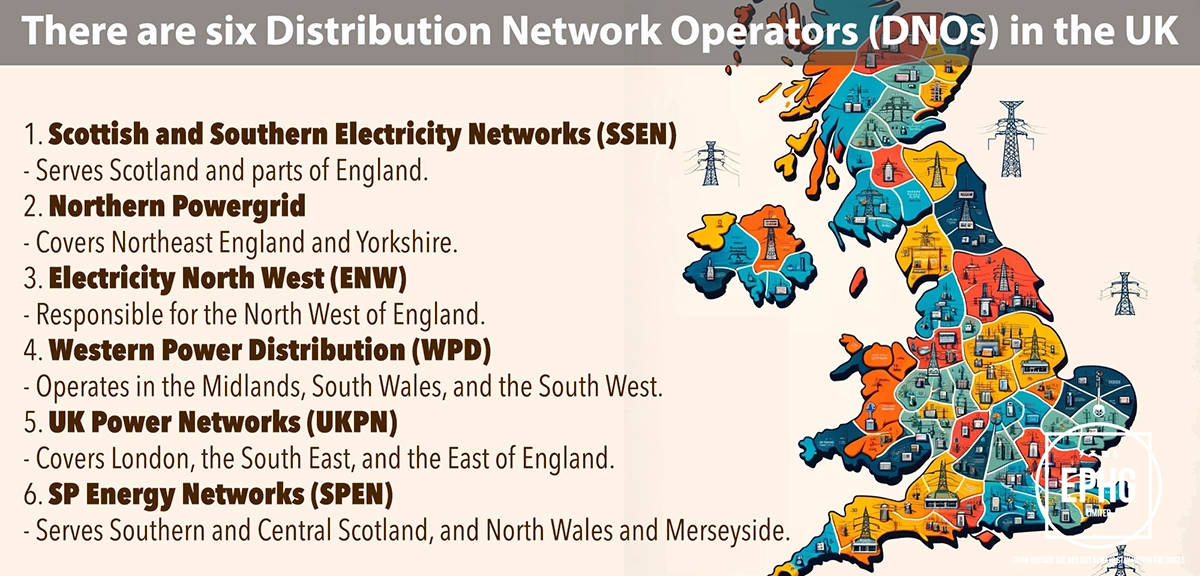
CV Postcodes for Utilities & Services in Coventry
Introduction: The CV postcode area, encompassing Coventry and its adjacent regions, bridges the gap between the historical heartland of the Midlands and the dynamic growth of modern urban centers. This guide provides insights into the local utilities such as water and electricity that underpin the area's daily life and economic activities.
Water in Coventry
Where does the water supply come from in Coventry, and is there ever a shortage of water?
Coventry's water supply is primarily sourced from reservoirs and aquifers, complemented by river water when necessary. The region's water companies manage these resources carefully, ensuring water is treated to meet stringent health and safety standards before reaching homes and businesses. Although Coventry has a reliable water supply system, it faces challenges such as seasonal variations and the impacts of climate change. Water scarcity can occasionally occur, prompting local authorities to enforce water conservation measures and encourage residents to use water judiciously. By working together, the community can help ensure a stable water supply throughout the year.
What is the hardness & quality of the water in Coventry, and can this affect your health?
The water in Coventry is typically classified as moderately hard. This hardness is due to the area's geology, predominantly limestone and chalk, which results in higher concentrations of calcium and magnesium in the water. While hard water can lead to scaling in appliances and affect soap efficiency, it is not harmful to health and provides essential minerals. The water quality in Coventry is continually monitored to ensure it remains safe for consumption. Residents concerned about water hardness can use water softeners and consult with local water providers for solutions. Authorities ensure the water meets all regulatory standards, safeguarding public health and well-being.
Electricity in Coventry
Where does the electric supply come from in Coventry, and what is the future of energy there?
The electric supply in Coventry predominantly stems from a mix of traditional energy sources like fossil fuels, coupled with an increasing shift towards renewable sources. The Midlands region, with Coventry at its heart, is experiencing growth in renewable energy projects, including solar farms and wind turbines, aligning with the UK's broader energy transition goals. Coventry is also participating in green initiatives, such as electric vehicle infrastructure expansion and smart grid development, to support sustainable urban living. The future of energy in Coventry is geared towards sustainability, with ongoing investments in renewable energy solutions and energy-efficient technologies aimed at reducing the city's carbon footprint and enhancing energy security.
When is hydrogen coming to gas boilers in Coventry?
Coventry is part of the national movement towards a hydrogen economy, aiming to replace traditional fossil fuel-based heating systems with cleaner alternatives. While there is no definitive timeline, the city is expected to follow the UK's phased approach towards introducing hydrogen as a key energy source for heating. This transition will include pilot schemes, infrastructure updates, and public information campaigns. Residents are encouraged to keep their heating systems up-to-date and stay informed about future changes, as Coventry moves towards more sustainable energy use in line with national carbon reduction commitments.
Where Does the Wastewater Go in Coventry
In Coventry, effective wastewater management is crucial for protecting the environment and ensuring public health. Wastewater from domestic, commercial, and industrial sources is collected and treated at several modern facilities around the city. These plants employ advanced processes to remove pollutants and ensure the treated water complies with environmental standards before being released into local rivers, such as the River Sowe and River Sherbourne. Coventry's commitment to sophisticated wastewater treatment reflects the city's dedication to ecological conservation and maintaining high standards of cleanliness and sustainability.
Regions and Services:
The CV postcode area offers a mix of urban dynamism and rural charm, stretching from the vibrant city of Coventry to the serene Warwickshire countryside. Key regions include:
- Coventry City: The heart of the region's urban development, showcasing comprehensive electrical and gas infrastructure alongside significant green energy initiatives.
- Rugby, Nuneaton, and Leamington Spa: Thriving towns combining historical roots with modern amenities, all benefiting from diversified utility services and increasing focus on renewable energy solutions.
- Warwick, Kenilworth, and Stratford-upon-Avon: Historical towns where cultural heritage meets contemporary living, with steady advancements in utility services, particularly in sustainable energy and water management.

Regions within the CV Postcode
Coventry City
- CV1: Coventry City Centre, Gosford Green, Hillfields, Spon End
- CV2: Walsgrave, Wyken, Stoke, Bell Green, Wood End
- CV3: Binley, Whitley, Willenhall, Cheylesmore
- CV4: Tile Hill, Canley, Westwood Heath, University of Warwick
- CV5: Allesley, Allesley Park, Allesley Green, Earlsdon, Eastern Green
- CV6: Holbrooks, Coundon, Radford, Longford, Rowley's Green
- CV7: Exhall, Ash Green, Keresley, Meriden, Balsall Common
Surrounding Areas and Villages
- CV8: Kenilworth, Baginton, Bubbenhall, Burton Green
- CV9: Atherstone, Mancetter, Grendon
- CV10: Nuneaton (North), Caldecote, Hartshill
- CV11: Nuneaton (East), Abbey Green, St Nicolas Park, Horeston Grange
- CV12: Bedworth, Bulkington
- CV21: Rugby (East), Hillmorton
- CV22: Rugby (West), Bilton, Cawston
- CV23: Rugby (Surrounding), Long Lawford, Clifton upon Dunsmore
- CV31: Leamington Spa (South), Whitnash, Radford Semele
- CV32: Leamington Spa (North), Cubbington, Lillington
- CV33: Harbury and surrounding villages
- CV34: Warwick, Bridge End, Myton
- CV35: Wellesbourne, Kineton and surrounding villages
- CV36: Shipston-on-Stour and surrounding areas
- CV37: Stratford-upon-Avon and surrounding villages




